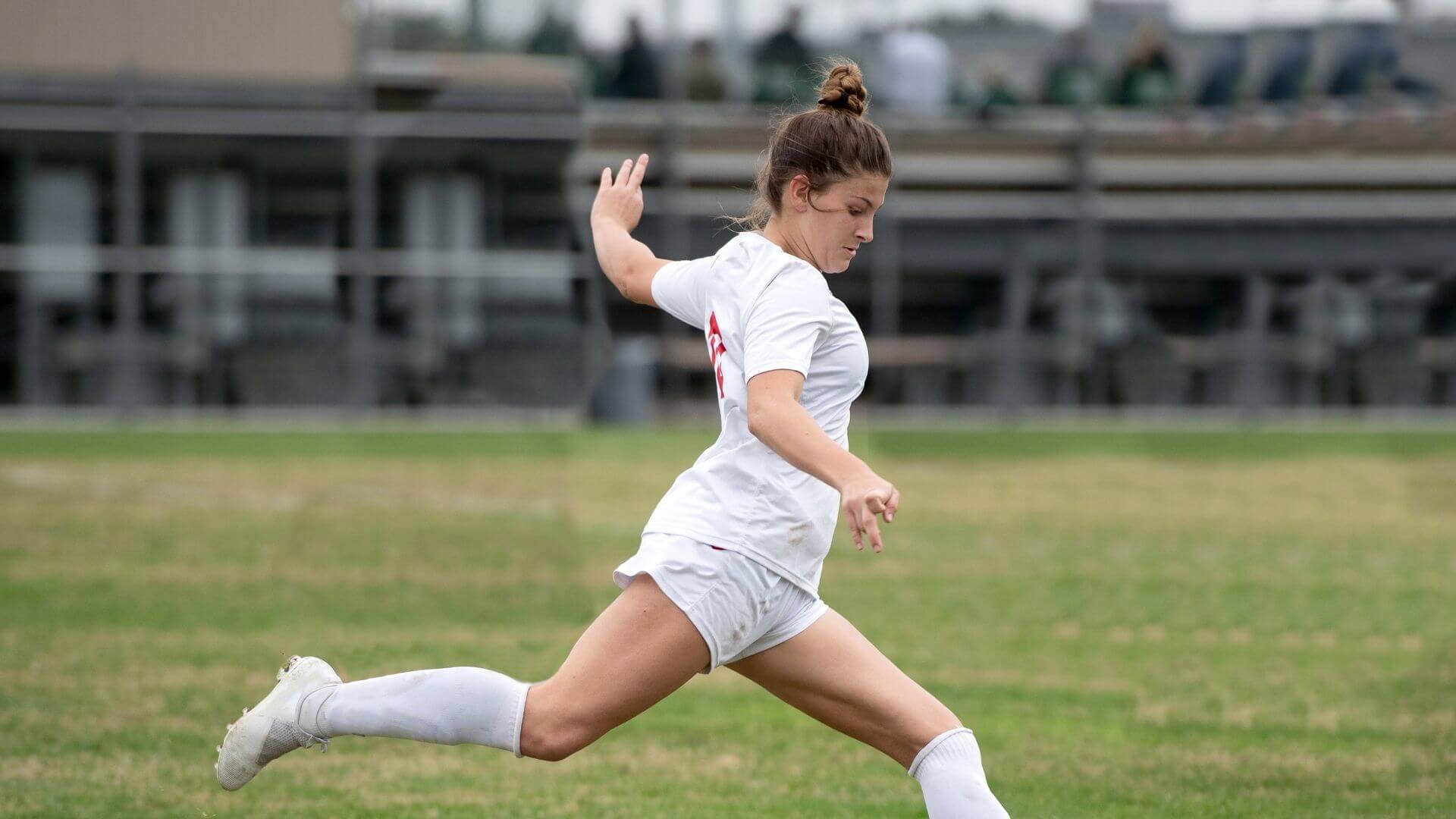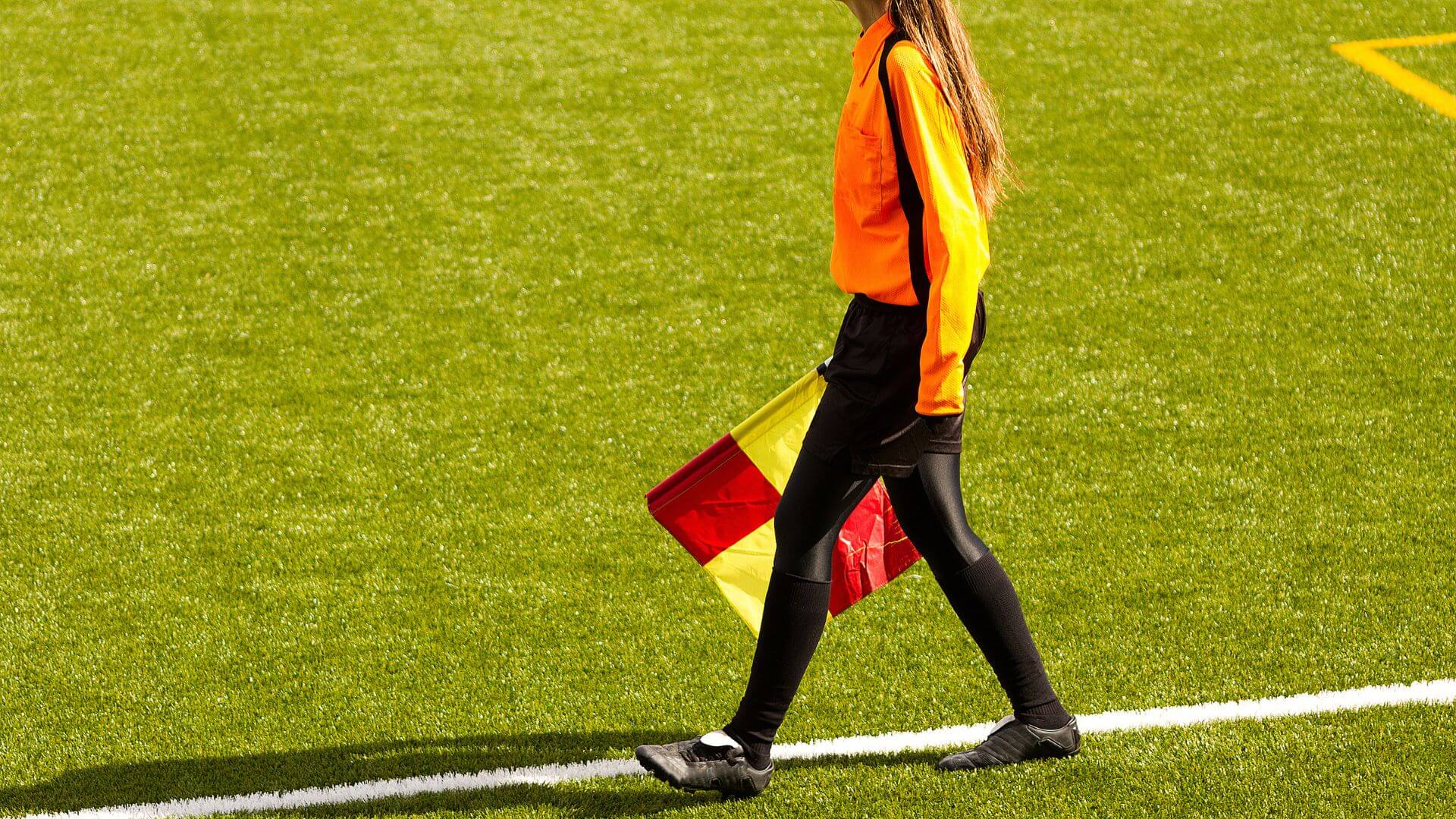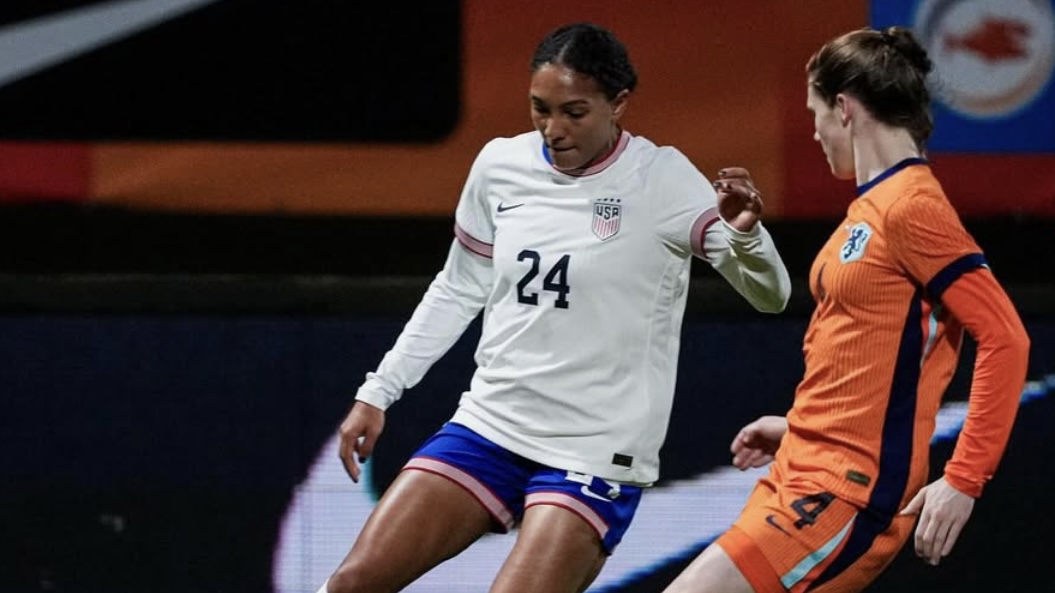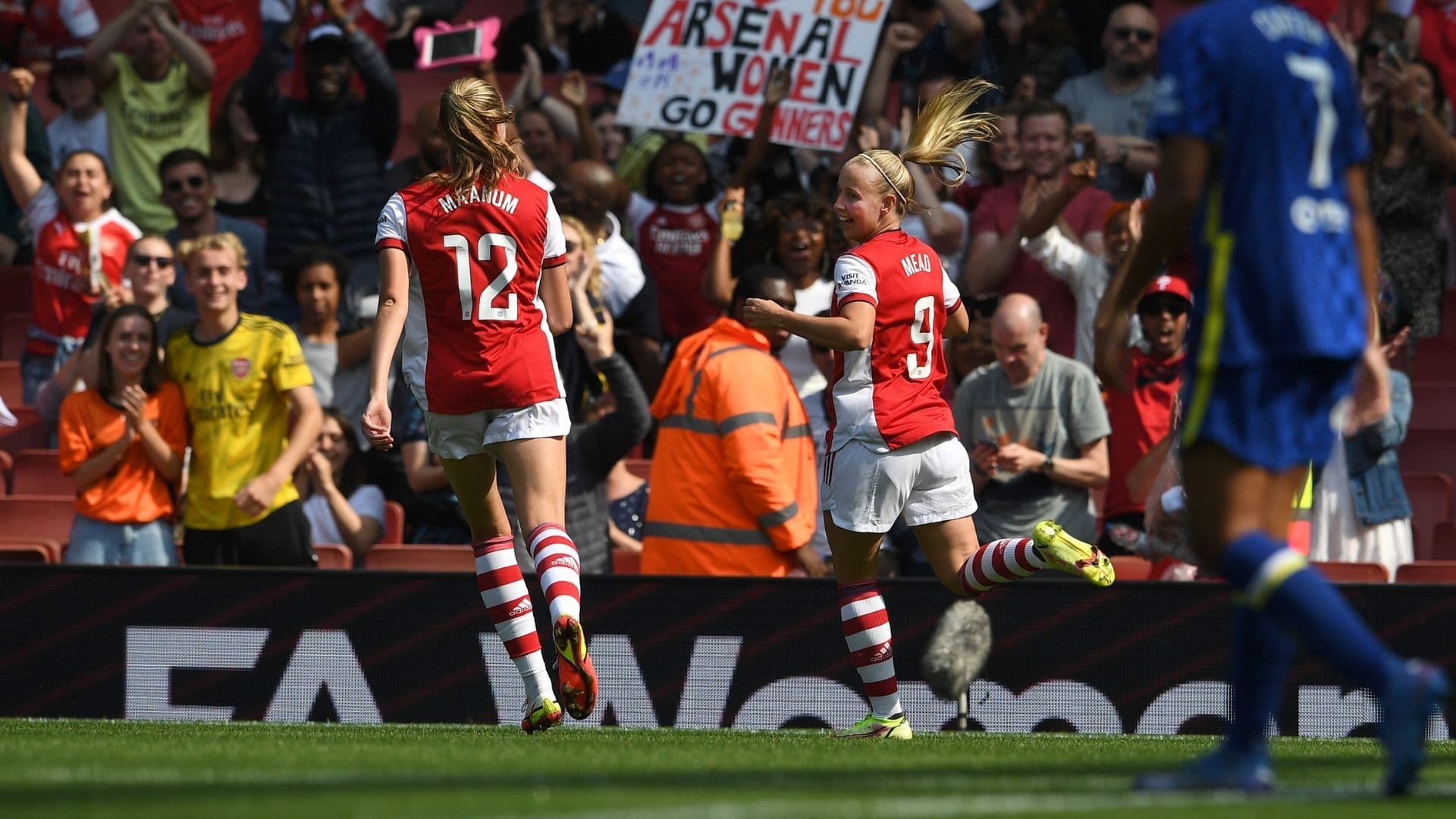Home » Blog » Lifestyle » Advice & Opinion » The Importance of Throw-Ins; Both an Art and Science!
The Importance of Throw-Ins; Both an Art and Science!
Throw-ins are a part of the beautiful game that well, are never really considered as such. Passes and shots can be beautiful and free-kicks too. But throw-ins? Eh. They are seemingly an afterthought, a part of the game necessary to pay attention to only as a means to an end – to get the ball back into play. In fact, it feels like the times we ever expend much brain energy on throw-ins is when they are done incorrectly. The thrower’s hands were not fully behind her head or one of her feet happened to come off the ground. Illegal throw. Turnover.
I am here to tell you, throw-ins deserve more credit than they often get. It can be both an art and a science. There are a couple of things to think about in contemplating the power contained within this motion. The first is distance. If you’ve ever been on a team with a girl who has a long throw, you know what I’m talking about.
This can be a secret weapon. More often than not, if coaches are scouting an opponent, they will ensure the team is aware of whether a long thrower exists and what her number is. The long-throw, if executed correctly, can have the same effect as a corner kick or a free-kick. It can present a goalscoring opportunity in or around the box. Specific set plays can be worked around throw-ins in the final third even if the thrower is packing extraordinary heat in her upper body.
Of course, the flip throw is a special kind of cool. It can not only get the job done but can make someone look, part acrobat, part soccerista. However, you do not need to contort and backbend to master the long throw. The distance of throwing can be improved by strengthening the core (abs and back) as well as practicing throw-in technique with a medicine ball.
Fun fact: Premier League midfielder Rory Delap built much of his career around his wildly long throw-in ability.
Next, a throw-in, no matter the distance, presents an opportunity for a quick restart. Similar to other quickly taken set pieces, a fast throw-in can catch an opponent off guard. This is more about thinking one step ahead than any sort of physical skill you can fine-tune. An on-running attacker can be in on goal before other team’s defenders even know what hit them.
Finally, one element of throw-ins that are unlike any other set piece: there are no offsides! This can be easy to forget at times. No offsides equal a world of possibilities. You can find yourself literally one step ahead of the other team and won’t be penalized for it.
There you have it. Throw-ins: the art, the science that does not get enough love. Time to hit the training ground to practice your throws!
Photo via Adobe Stock @Sirena Designs
–













